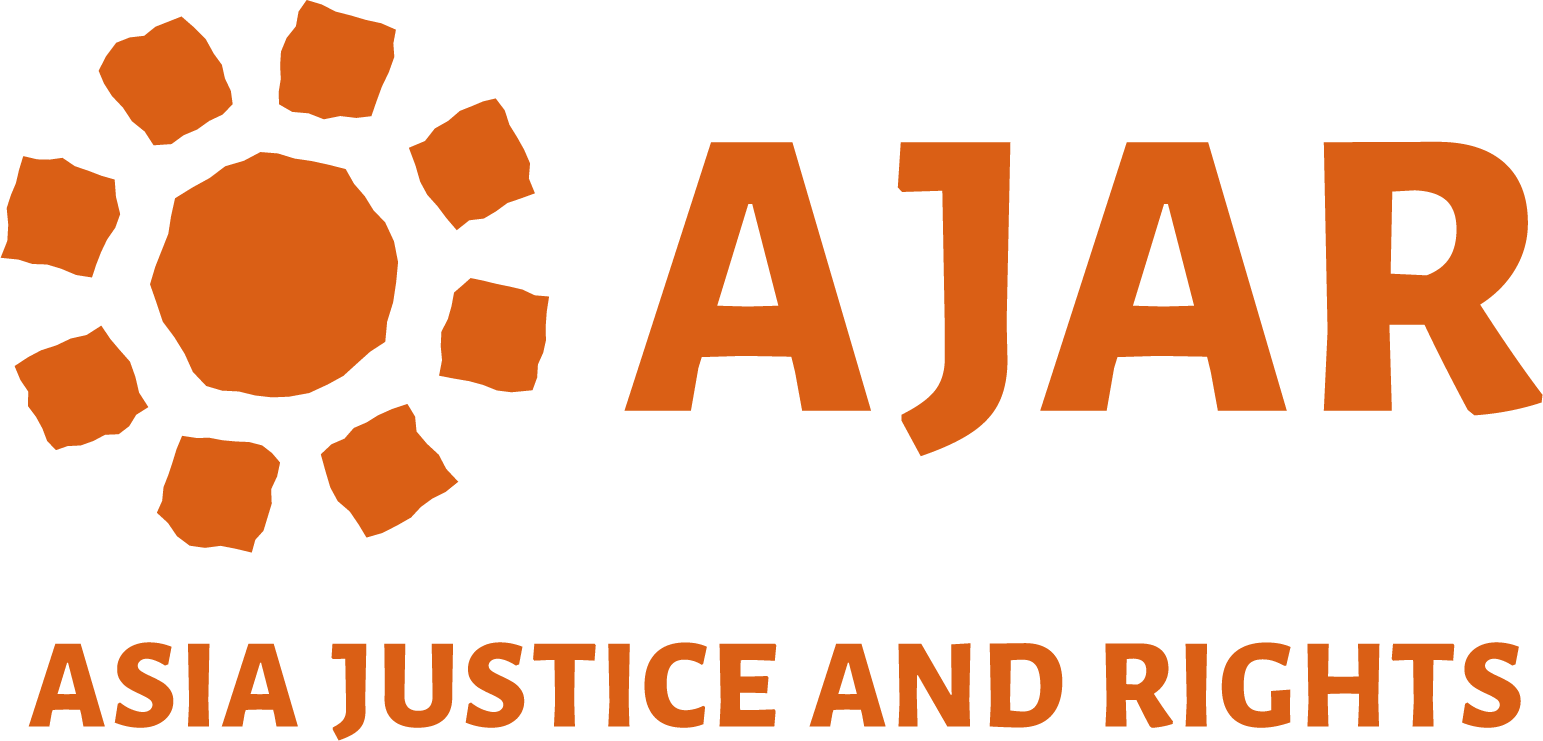State-led reparations programs were implemented in Chile after the end of Pinochet’s military dictatorship (1973-1990). In 1991, the National Truth and Reconciliation Commission recommended various reparations measures for the victims identified in its report and also the creation of the National Corporation for Reparations and Reconciliation (NCRR) to follow-up the Commission’s recommendations and continue the process of identifying victims.
For four years, the corporation examined cases to determine who qualified for victim status. The least successful aspect of the corporation’s activities was its investigations into the location or fate of disappeared detainees.
The NCRR also operated a social and legal assistance programme that helped to expedite proceedings so that victims could enjoy the benefits to which they were entitled. These included monthly pensions for dependents of victims, pensions for peasants excluded from agrarian reform, health care through a Programme of Reparation and Integral Health Care (PRAIS), reparations for victims of torture and returning exiles, and assistance for reintegration of political prisoners.
The NCRR also established an education and cultural programme, a legal studies and research programme, and an archive and documentation centre. After the NCRR’s expiration, a permanent human rights programme was created within the Ministry of the Interior.
Criticism regarding the exclusion of victims who survived detention or torture led to the creation of the National Commission on Political Imprisonment and Torture in 2003. This commission identified 28,459 victims of torture, including about 3,400 women who were sexually abused. A subsequent law provided for annual pensions (USD2,300–USD2,600) for the torture victims identified by this commission.
Children born in prison or detained with their parents would receive a lump-sum payment of approximately USD6,800. Other reparations for survivors of torture included access to the Comprehensive Reparations Programme in Health Care, scholarships to attend university, and exemption from military service for their children. According to the government, the state paid out more than USD1.6 billion in various reparations packages from 2000–08.
In Santiago, the Museum of Memory and Human Rights, inaugurated in 2010 by then President Michelle Bachelet, commemorates the victims of human rights violations during Pinochet’s regime from 1973 to 1990.
To understand more about the reparations programs in Chile, please watch the following video:
